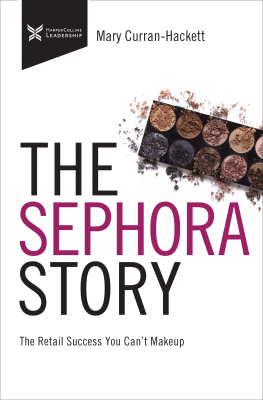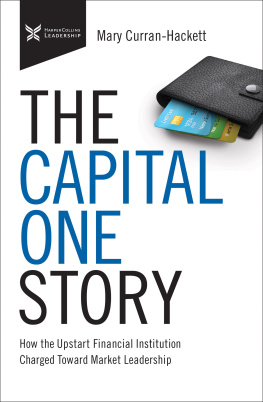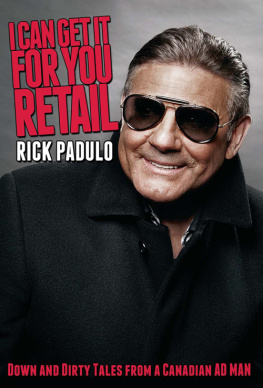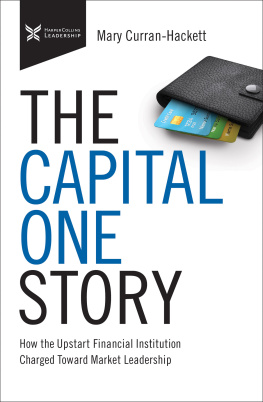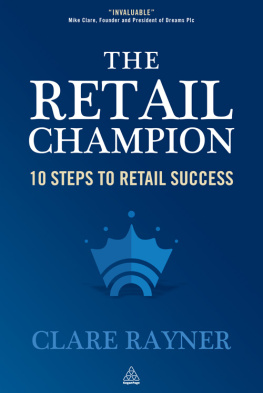Mary Curran Hackett - The Sephora Story: The Retail Success You Cant Make Up (The Business Storybook)
Here you can read online Mary Curran Hackett - The Sephora Story: The Retail Success You Cant Make Up (The Business Storybook) full text of the book (entire story) in english for free. Download pdf and epub, get meaning, cover and reviews about this ebook. year: 2020, publisher: Harpercollins Leadership, genre: Home and family. Description of the work, (preface) as well as reviews are available. Best literature library LitArk.com created for fans of good reading and offers a wide selection of genres:
Romance novel
Science fiction
Adventure
Detective
Science
History
Home and family
Prose
Art
Politics
Computer
Non-fiction
Religion
Business
Children
Humor
Choose a favorite category and find really read worthwhile books. Enjoy immersion in the world of imagination, feel the emotions of the characters or learn something new for yourself, make an fascinating discovery.
- Book:The Sephora Story: The Retail Success You Cant Make Up (The Business Storybook)
- Author:
- Publisher:Harpercollins Leadership
- Genre:
- Year:2020
- Rating:4 / 5
- Favourites:Add to favourites
- Your mark:
- 80
- 1
- 2
- 3
- 4
- 5
The Sephora Story: The Retail Success You Cant Make Up (The Business Storybook): summary, description and annotation
We offer to read an annotation, description, summary or preface (depends on what the author of the book "The Sephora Story: The Retail Success You Cant Make Up (The Business Storybook)" wrote himself). If you haven't found the necessary information about the book — write in the comments, we will try to find it.
The Sephora Story: The Retail Success You Cant Make Up (The Business Storybook) — read online for free the complete book (whole text) full work
Below is the text of the book, divided by pages. System saving the place of the last page read, allows you to conveniently read the book "The Sephora Story: The Retail Success You Cant Make Up (The Business Storybook)" online for free, without having to search again every time where you left off. Put a bookmark, and you can go to the page where you finished reading at any time.
Font size:
Interval:
Bookmark:
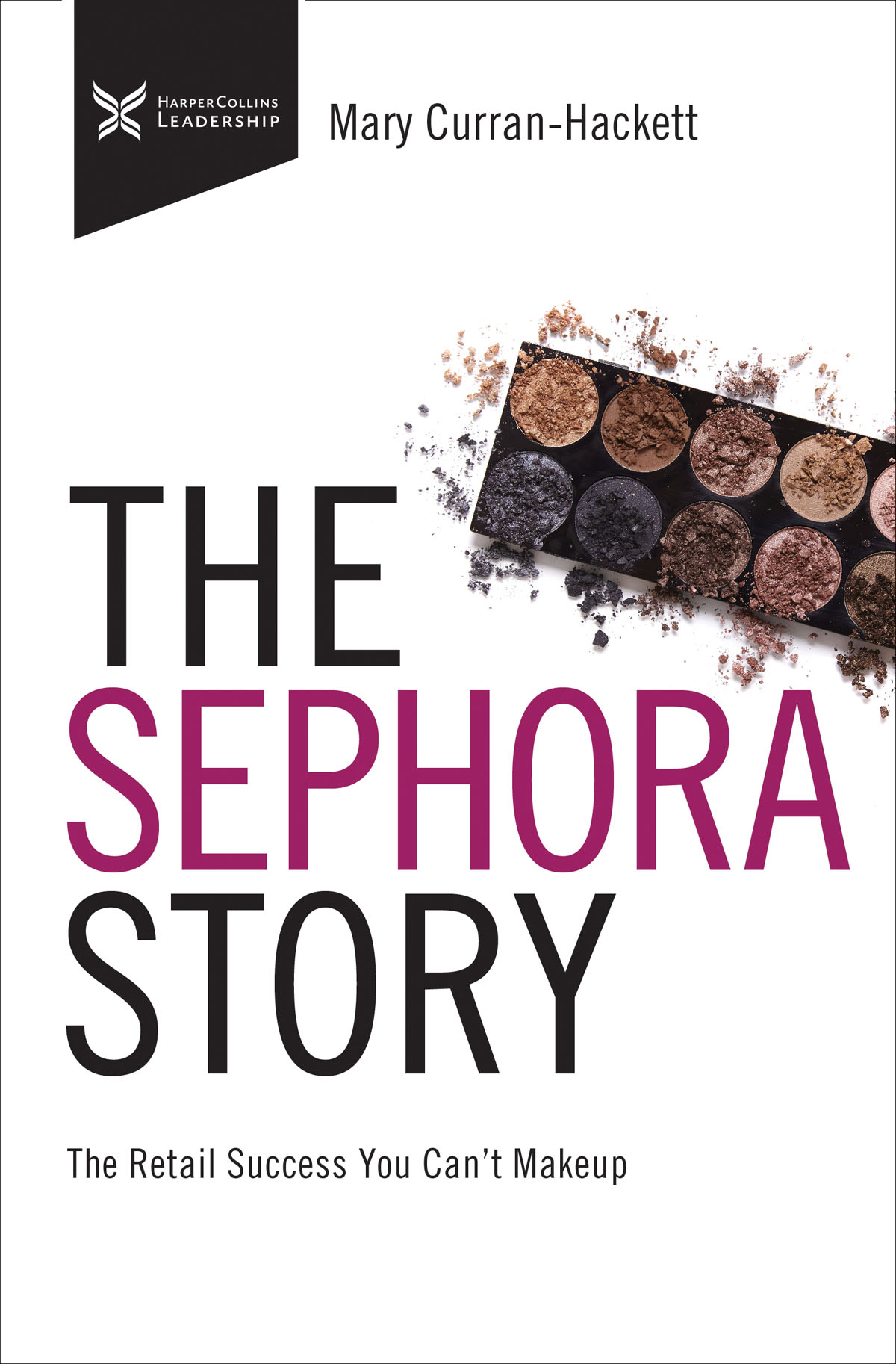
2020 HarperCollins Leadership
All rights reserved. No portion of this book may be reproduced, stored in a retrieval system, or transmitted in any form or by any meanselectronic, mechanical, photocopy, recording, scanning, or otherexcept for brief quotations in critical reviews or articles, without the prior written permission of the publisher.
Published by HarperCollins Leadership, an imprint of HarperCollins Focus LLC.
Published in association with Kevin Anderson & Associates: https://www.ka-writing.com/.
Book design by Aubrey Khan, Neuwirth & Associates.
ISBN 978-1-4002-2059-5 (eBook)
ISBN 978-1-4002-2058-8 (HC)
Epub Edition March 2020 9781400220595
Library of Congress Control Number: 2020931344
Printed in the United States of America
20 21 22 23 LSC 10 9 8 7 6 5 4 3 2 1
AUTHORS NOTE
Sephora did not respond to requests for interviews. All interviews and quotes come directly from online presentations, news articles, books, case studies, as well as Sephoras website and press releases.
We aim to be the best-loved and most-admired beauty community in the world.
CHRISTOPHER DE LAPUENTE,
CEO, Sephora
Information about External Hyperlinks in this ebook
Please note that the endnotes in this ebook may contain hyperlinks to external websites as part of bibliographic citations. These hyperlinks have not been activated by the publisher, who cannot verify the accuracy of these links beyond the date of publication
CONTENTS
Never underestimate any womans desire for beauty.
ESTE LAUDER
V ery few industries and retailers these days can say they are Amazon-proof or even Recession-proof. That is unless youre in the global cosmetics business, which is expected to grow 7 percent a year over the next three yearsreaching 806 billion dollars by 2023, according to Orbis Research. Companies like Sephora, and its competitors, Ulta, Dermstore, Nordstrom, and Macys, are no exception. In fact, since its founding in 1969 by Dominique Mandonnaud, Sephora has grown from a small perfume shop in Paris to one of the leading beauty product retailers in the world. Beauty product retailers like them, which carry cosmetics, skin care, body care, fragrance, nail color, beauty supplements, styling and beauty tools seem to be impervious to the ebbs and flows of the economy. When other industries and companies have floundered to stay afloat, Sephora has adapted, innovated, and risen above.
Some argue the reason the beauty industry, as a whole, is thriving is because of all the rampant societal pressure and norms that increasingly suggest that younger is better. Globally we are seeing an increased aging population who simply cant abide wrinkles, dry skin, blotchy skin tones, freckles, age spots, adult acne, thinning brows, upper lip fuzz, broken, damaged, or graying hair, or any other unseemly looks on the beauty dont lists. Its not just the aging populations that are feeling the heat and raising the demand for more advanced beauty products. With the widespread use of social mediaYouTube, Facebook, Instagram, Twitter, Snapchat, and TikTokits nearly impossible for young people to escape the social pressure to appear beautiful at all times. Some critics even go so far as to blame the cosmetic and beauty industries for raising the standards of beauty in order to market and prey on an unsuspecting public. While the beauty industry isnt completely blameless, its not solely responsible either. The desire to be young and beautiful dates further back than the inception of Instagram, or even the makeup counter, for that fact. Companies like Sephora have found success not because they have marketed or preyed upon the insecurities of individuals, but rather they have anticipated their deepest needs, desires, and hopes and responded in kind. Well aware that feeling beautiful is more than skin deep and is an intrinsic desire, Sephora meets its customers where there are.
Companies like Sephora have found success not because they have marketed or preyed upon the insecurities of individuals, but rather they have anticipated their deepest needs, desires, and hopes and responded in kind.
In fact, the name Sephora harkens back to beautys historical (or more accurately literary and etymological) origins. Sephora is a mashup of sephos, which means beauty in Greek, and Zipporah, which was the name of the Biblical Mosess beautiful wife, whose name in Greek is spelled Sepphora.
The desire to be look and feel beautiful and youthful is not something Madison Avenue advertising agencies and cosmetic companies invented. Long before Insta influencers were trying on mascara and making serum recs, in prehistoric times red ochre was used as a way to decorate the skin (and discovered in excavated graves of our female genetic ancestors) and over a thousand years ago women and men painted their eyes with kohl, sprayed perfume, used red rouge lipstick, and soaked in warm baths of milk and honey. The desire to luxuriate, accentuate ones most beautiful features, satisfy the senses, or even change ones look has been a driving force in humanity for eons.
A Very Brief History of Makeup: I Am Ready for My Close-up, Mr. DeMille
Though the desire to be beautiful may be as old as civilization itself, Teresa Riordans 2004 book, Inventing Beauty, argues that as photography became more popular and widespread (somewhere after 1870) cosmetics did as well. Prior to this, makeup was reserved for the tawdrier members of society, i.e. the euphemistically called Ladies of the night, and of course, thespians whose faces needed to stand out under the harsh lighting and seen from the back of theatre. But with the rise of photography and cinema, cosmetics became mainstream. As early as the 1880s, many budding entrepreneurs saw the opportunity to create cosmetics so their customers could look as beautiful as the women in the magazines and advertising. Most of these companies were independently owned and operated by womenthe most popular being the California Perfume Company, which later became Avon. Individual agentsmostly womensold beautifying creams, lotions, and facial tints to their friends and family members. This unique business model allowed women to become more financially independent. It also meant that with more women working in the cosmetics industry there was more money to spend on cosmetics. Its a win-win formula that still is winning today for similar tier-marketing cosmetic companies like Mary Kay, Arbonne, and Beautycounter, which afford women the opportunity to earn money as entrepreneurs, cosmetic agents, and makeup artists.
As early as the 1880s, many budding entrepreneurs saw the opportunity to create cosmetics so their customers could look as beautiful as the women in the magazines and advertising. Most of these companies were independently owned and operated by womenthe most popular being the California Perfume Company, which later became Avon.
Even during serious economic downturns, cosmetic sales steadily increased. Where other industries completely collapsed, makeup was a simple, small luxury a woman could afford in desperate times. Instead of rationalizing buying a dress or a pair of shoes to feel pretty, a woman could simply purchase an inexpensive tube of lipstick and feel instantly glamorous.
Modern Cosmetics and the Beauty Industry
By the early 1900s, however, makeup had become a mainstay, not to mention part of the lexicon. Perhaps the most notable makeup artist of this era and the founding father of the modern cosmetics industry is Max Factor. In the early 1900s, he was a famed wigmaker and face artist for Hollywood studios and he developed a greasepaint foundation that didnt crack or flake off. It was an instant sensation. It wasnt long before actresses began wearing it offscreen as well. Factor went on to develop lip gloss and eyebrow pencils, and pan-cake compact of powdered foundation called Pan-Cake Brand Make Up. Many attribute the term
Font size:
Interval:
Bookmark:
Similar books «The Sephora Story: The Retail Success You Cant Make Up (The Business Storybook)»
Look at similar books to The Sephora Story: The Retail Success You Cant Make Up (The Business Storybook). We have selected literature similar in name and meaning in the hope of providing readers with more options to find new, interesting, not yet read works.
Discussion, reviews of the book The Sephora Story: The Retail Success You Cant Make Up (The Business Storybook) and just readers' own opinions. Leave your comments, write what you think about the work, its meaning or the main characters. Specify what exactly you liked and what you didn't like, and why you think so.

